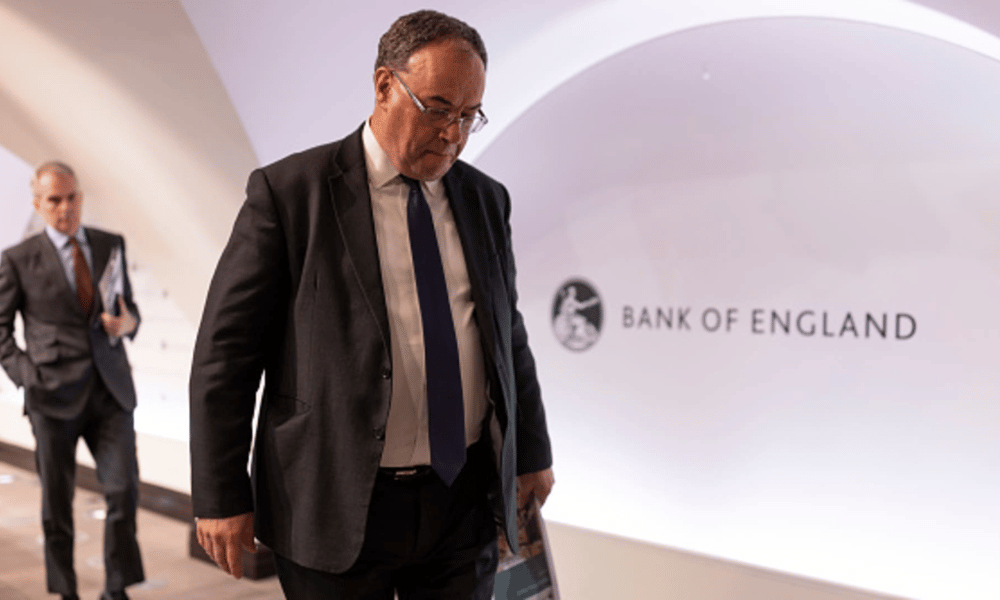
The Bank of England’s losses on bonds bought to shore up the U.K. economy after the financial crisis will be “materially higher than projected until the middle of the decade,” according to Deutsche Bank.
| Are you a Tax Lawyer in USA? 👉Transform Your Brand: Click for Metamorphosis👈 |
In late July, the central bank estimated that it would require the U.K. Treasury to backstop £150 billion ($189 billion) of losses on its asset purchase facility (APF).
The program ran from 2009 to 2022 and was designed to improve financing conditions for companies hit by the 2008 financial crisis. It saw the BOE accrue £895 billion worth of bond holdings while interest rates were historically low.
However, the central bank began unwinding that position late last year, initially through halting reinvestments of maturing assets and then by actively selling the bonds at a projected pace of £80 billion per year from October 2022.
Both the Treasury and the BOE knew when the APF was implemented that its early profits (£123.8 billion as of September last year) would become losses as interest rates rose.
However, the pace at which the central bank has had to tighten monetary policy in a bid to tame inflation means the costs have risen more sharply than anticipated. Higher rates have driven down the value of the purchased government bonds — known as gilts — just as the BOE began selling them at a loss.
July’s public finances data showed that the Treasury transferred £14.3 billion over the month to the Bank of England to cover the losses on its quantitative easing program, £5.4 billion above the figure projected by the independent Office for Budget Responsibility in March.
Sanjay Raja, senior economist at Deutsche Bank, noted that a total of £30 billion has so far moved from the Treasury to the central bank since September, and the indemnities are likely to continue to run well above the government’s forecasts for two reasons.
“First, interest rates have risen far above levels assumed in the fiscal watchdog’s spring forecasts. And second, gilt prices have fallen further – particularly in the longer end of the curve, resulting in further valuation losses as the Bank actively unwinds the APF through active gilt sales,” Raja said in a research note Friday.
The Bank of England has hiked rates at 14 consecutive monetary policy meetings, taking its benchmark interest rate from 0.1% in late 2021 to a 15-year high of 5.25%. The market broadly expects a 15th hike to 5.5% at the next Monetary Policy Committee meeting.